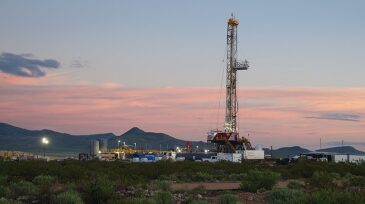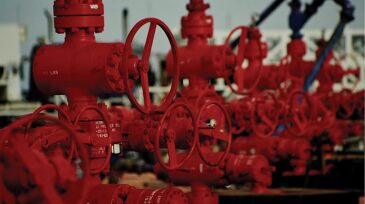shale oil
-
In organic shales, hydraulic fracturing is important for optimizing the production of horizontal wells. For a standalone lateral, the propped surface should be maximized to increase production. In the case of a pad, well spacing is an additional factor.
-
On the basis of production data, diagnostic methods, and field observations, it is becoming increasingly clear that induced unpropped fractures created during the hydraulic-fracturing operation play a critical role in determining the success of fracture treatments.
-
Mass layoffs and rising bankruptcies haven't put an end to abundant supplies.
-
The US rig count has inched up recently, and the driver has been the old reliable of onshore oil production, the Permian Basin. With surging production, the Permian is the only major US oil shale play to grow since crude prices began to fall.
-
In this study, the authors demonstrate a reliable, cost-effective methodology that empowers shale operators with reservoir data on every well.
-
A long-time energy industry executive and chemical engineer has built a new water treatment system that he says can increase recovery rates from shale wells without using chemicals and will recycle all the water used in the process.
-
Shell has reaffirmed its commitment to the shale business and views it as a growth opportunity moving into the 2020s
-
The amount of natural gas flared has plunged in North Dakota, a region that has been the leader by far in gas wasted because gathering systems could not hook up the wells fast enough.
-
With the current changes in the industry, are we seeing the demise of unconventional developments? No, clearly not. The unconventional industry is adapting to deliver the energy demands of the future despite the low oil price.
-
Two places that illustrate the mounting challenges facing the shale business are the Bakken Shale in North Dakota, where the number of working rigs is one-third what it was a year ago, and the Fayetteville Shale in Arkansas, where there are no more working rigs.










